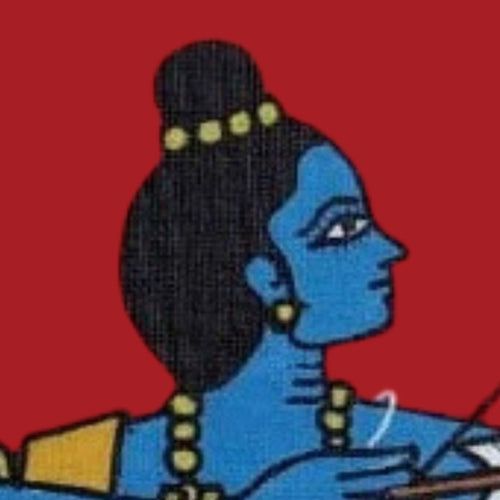
About Assamese Scroll
Highlights of Assamese Scroll Artform
| Artform | Assamese Scroll |
|---|---|
| Origin | |
| Materials Used | |
| Colours Used | |
| Popular Themes | |
| Price Range | |
| Artists | |
| Making Process | Handmade |
| Artform | Assamese Scroll |
|---|---|
| Origin | |
| Materials Used | |
| Colours Used | |
| Popular Themes | |
| Price Range | |
| Artists | |
| Making Process | Handmade |